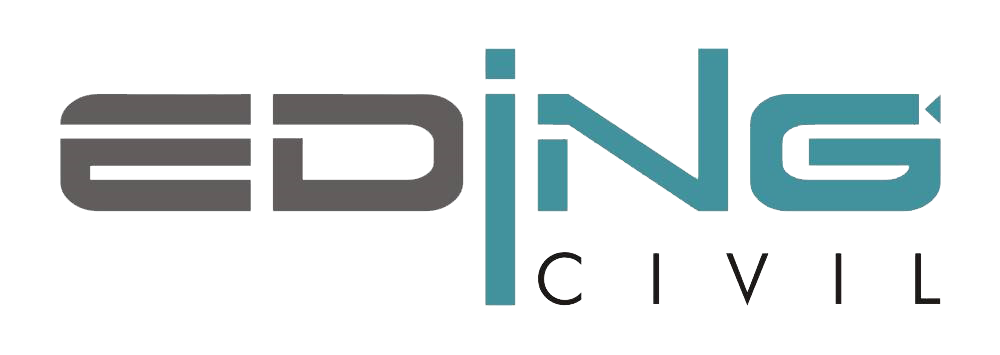Effective technology communication is essential for linking the gap between the intricate world of scientific research plus the general public’s understanding and appreciation of science. In today’s increasingly complex and interconnected world, the ability to communicate technological concepts, findings, and effects accurately and accessibly will be paramount. However , despite the need for science communication, there stays a significant disparity between the terminology of science and the higher level of understanding among the public. To handle this gap, scientists, educators, communicators, and policymakers need to work together to develop innovative strategies and approaches that help meaningful engagement with technology and foster a more medically literate society.
One of the primary obstacles in science communication could be the inherent complexity of technological concepts and terminology. Technology is often perceived as inaccessible as well as intimidating, with its jargon-laden vocabulary and abstract concepts posturing barriers to comprehension for numerous members of the public. To help overcome these barriers, science communicators must strive to convert complex scientific information in clear, concise, and engaging words that resonates with assorted audiences. By using analogies, metaphors, and real-world examples, communicators can make scientific concepts a lot more relatable and understandable, permitting broader participation and engagement with science.
Moreover, powerful science communication requires realizing and addressing the assorted needs, interests, and viewpoints of different audience groups. Not all members of the public have the identical level of scientific literacy or maybe background knowledge, and transmission strategies must be tailored to cater to diverse audiences. By employing target audience segmentation techniques and target audience analysis tools, communicators may identify the unique characteristics in addition to preferences of target audiences and develop targeted messaging and content that resonates with their interests and principles.
Furthermore, science communication efforts must prioritize building rely on and credibility with the open by fostering transparency, visibility, and integrity in scientific research and communication techniques. In an era of falsehoods and skepticism, https://thestuffofsuccess.com/2020/07/15/how-to-acquire-gym-equipment-on-a-budget/#comment-53864 it is essential intended for scientists and communicators in order to communicate openly and truthfully about the uncertainties, limitations, as well as ethical considerations associated with technological research. By engaging in transparent and two-way communication with all the public, scientists can construct trust and credibility, dispel misconceptions, and foster a culture of evidence-based decision-making and critical thinking.
Besides fostering trust, effective research communication requires recognizing and also addressing the cultural, social, and political factors that will influence public perceptions of science. Science is not value-neutral, and societal attitudes, opinions, and ideologies can form public understanding and popularity of scientific findings and also recommendations. Communicators must be hypersensitive to the cultural and interpersonal contexts in which scientific info is received and look at how factors such as religion, ideology, and identity may influence public attitudes as well as perceptions of science. By simply acknowledging and respecting different perspectives, communicators can instill dialogue, build consensus, in addition to promote informed decision-making in science-related issues.
Moreover, technology communication efforts must influence a variety of communication channels along with platforms to reach diverse followers and maximize impact. Together with traditional media outlets for instance newspapers, television, and radio, communicators can utilize a digital and social media platforms, podcasts, blogs, and citizen science initiatives to disseminate scientific information and engage with the general public. Interactive and participatory strategies, such as science festivals, community lectures, and community forums, present opportunities for direct proposal and dialogue between professionals and the public, fostering greater knowing and appreciation of science.
Furthermore, science communication ought to be viewed as a collaborative and also iterative process that involves continuous dialogue, feedback, and review. Scientists, educators, communicators, and also policymakers must work together to co-create and co-deliver scientific research communication initiatives that fulfill the needs and interests associated with diverse audiences. By taking feedback from the public, studying the effectiveness of communication efforts, as well as continuously refining and improving communication strategies, stakeholders can ensure that science communication remains relevant, impactful, and responsive to the evolving needs in addition to priorities of society.
In summary, effective science communication is essential for bridging the gap between ‘because science’ and public understanding and appreciation of science. By converting complex scientific information into clear, accessible language, developing communication strategies to meet the needs of diverse audiences, fostering trust and credibility, acknowledging cultural and social factors, leveraging various communication channels and websites, and embracing collaboration and also feedback, communicators can persuade the public with the knowledge and understanding needed to make well informed decisions and engage meaningfully together with science. Through these work, we can build a more technologically literate and informed contemporary society that recognizes the value and relevance of science inside addressing the challenges as well as opportunities of the 21st millennium.
